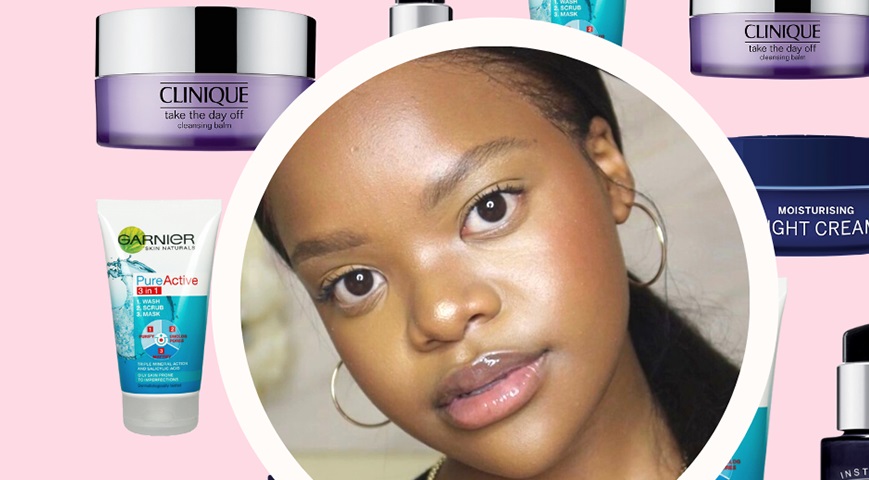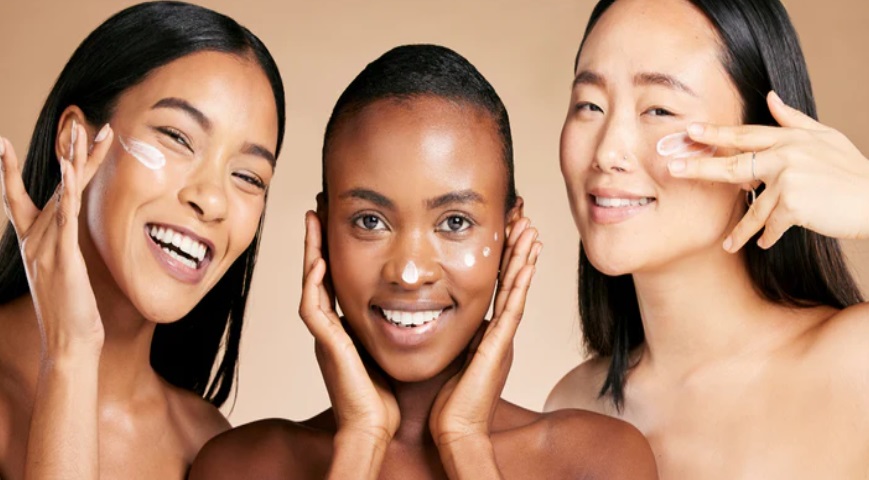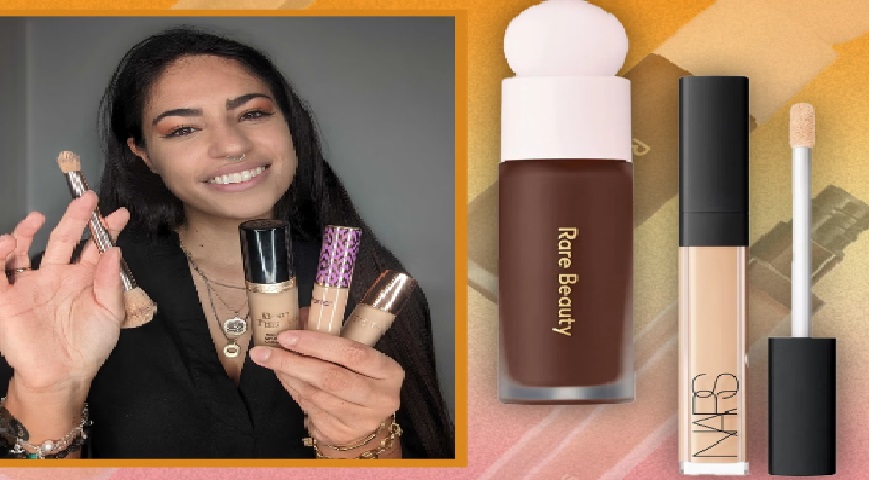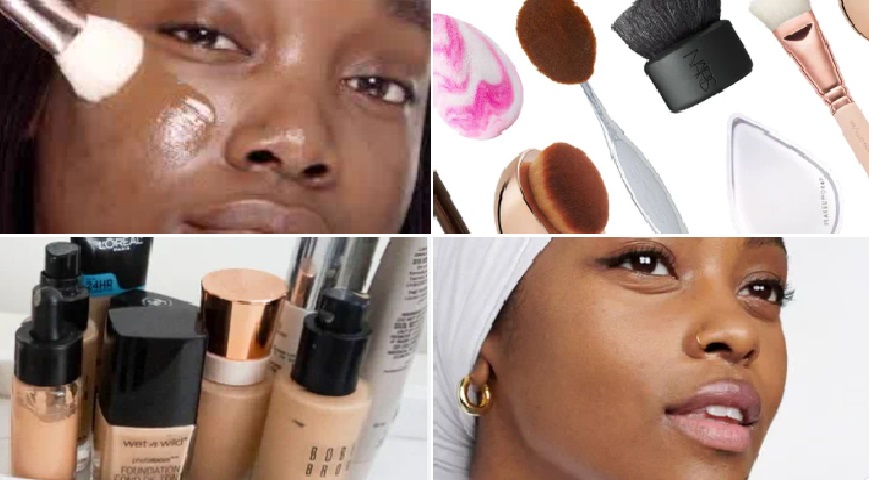Dark spots after acne breakouts or pimples can make one insecure about how they look. hormones imbalance can cause the skin to react badly to some skin care products here is a simple routine to help you fight this.
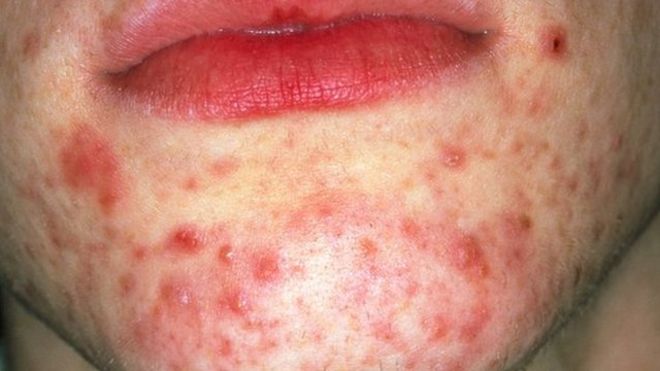
1. Wash your face regularly with a light facial cleanser. For a cleanser to be most effective, you have to pay attention to your skin’s needs and pick the ingredients accordingly. for oily skin choose products with salicylic acid, benzoyl peroxide, or glycolic acid.
While for dry and sensitive skin, look for gentle cleansers with lactic acid or hydrating ingredients like glycerin, which aren’t as drying as those made for oilier types
2. Try tretinoin. Tretinoin is used to treat acne or other skin diseases as determined by your doctor. It works partly by keeping skin pores clear. One of the tretinoin creams is used to treat fine wrinkles, dark spots, or rough skin on the face caused by the damaging rays of the sun.
Did you read this?
When using tretinoin your skin will through months of purging. during these months, your skin will peel and you will feel a stinging sensation. it is advised to only use a very small amount at night skipping a day or two.
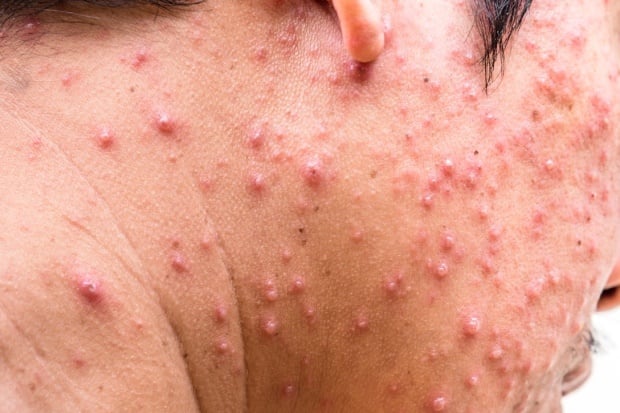
3. Apply moisturizer. moisturizer is very important when using tretinoin as it helps keep your skin hydrated. this prevents tears. according to Dr. Weiser. “Hydrating the skin surface can re-balance oil glands and help control acne and improve healing.” When buying a moisturizer, she recommends looking for a lightweight, oil-based product that won’t clog your pores
4. Always use sunscreen. sunscreen is very important. While SPF is a must, some sunscreens can trigger breakouts. You want to look for oil-free and non-comedogenic formulas that won't clog pores,” says Dr. Karen Hammerman, MD, from Schweiger Dermatology. anything above 30 SPF is recommended.


